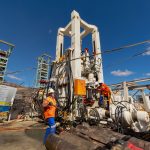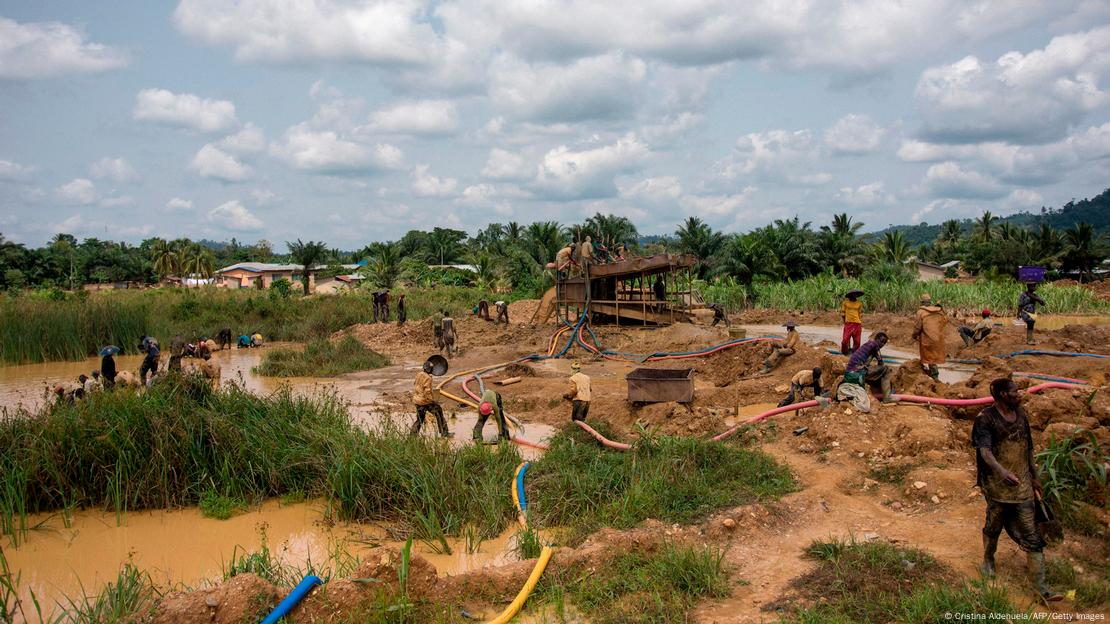Millions in Ghana face severe consequences due to illegal gold mining, locally known as “galamsey.” This practice has led to extensive environmental degradation, particularly in rural areas. Despite widespread public outcry, illegal mining continues, contaminating rivers with toxic chemicals and undermining the country’s agricultural potential and public health. Both locals and foreigners are involved in this illegal trade.
President Nana Akufo-Addo pledged to end galamsey upon taking office in 2017, but weak enforcement has hindered progress, despite various government initiatives. Activists in affected communities are now calling for immediate action.
Forensic pathologist and professor Paul Poku Sampene Ossei has advocated for a total ban on all forms of small-scale mining. His research shows that the damage caused by illegal mining has worsened over time. In the Bibiani-Anhwiaso-Bekwai district, an illegal mining hub in western Ghana, Ossei’s team found heavy metals such as cyanide, arsenic, and mercury in the placentas of pregnant women, resulting in birth defects. These findings support other studies linking illegal mining to serious health consequences.
Journalist Erastus Asare Donkor reports that nearly every major river in Ghana is polluted, posing a significant threat to livelihoods, climate, and agriculture in rural communities. Data from the Ghana Water Resources Commission shows turbidity levels, which indicate how clear or cloudy water is, ranging from 500 to 14,000 nephelometric turbidity units (NTU)—far above the recommended limit of 5 NTU for drinking water.
Donkor further explains that the failure to stop galamsey is largely due to the involvement of influential figures in the government. Politically exposed persons and high-ranking officials have been found to be involved in mining activities, often interfering with military efforts to shut down illegal operations.
The issue of illegal mining is not unique to Ghana. In South Africa, artisanal miners known as “zama zamas” occupy closed and active mines, causing significant economic losses and health risks. The South African government estimates that around 70 billion rand ($4 million) is lost annually in gold, impacting both the economy and community safety.
A 2022 Interpol report on illegal gold mining in Central Africa reveals that vulnerable individuals, including women and children, often trade their safety for a chance to escape poverty. Organized crime groups, political actors, and armed groups in conflict zones like the Democratic Republic of Congo are also deeply involved in the trade.
Smuggling compounds the issue. A Swiss NGO report from May 2022 found that billions of dollars’ worth of gold are smuggled out of Africa annually, much of it passing through Dubai in the UAE. Between 321 and 474 tonnes of gold produced through artisanal mining, valued at $24-$35 billion, goes undeclared each year, with the rate of smuggling more than doubling between 2012 and 2022. In 2022 alone, 66.5% of African gold imported into the UAE was illegally smuggled.
This ongoing crisis in illegal mining, fueled by powerful interests, continues to harm both people and the environment across Africa. Addressing the issue will require top-level political action and significant changes in enforcement.














